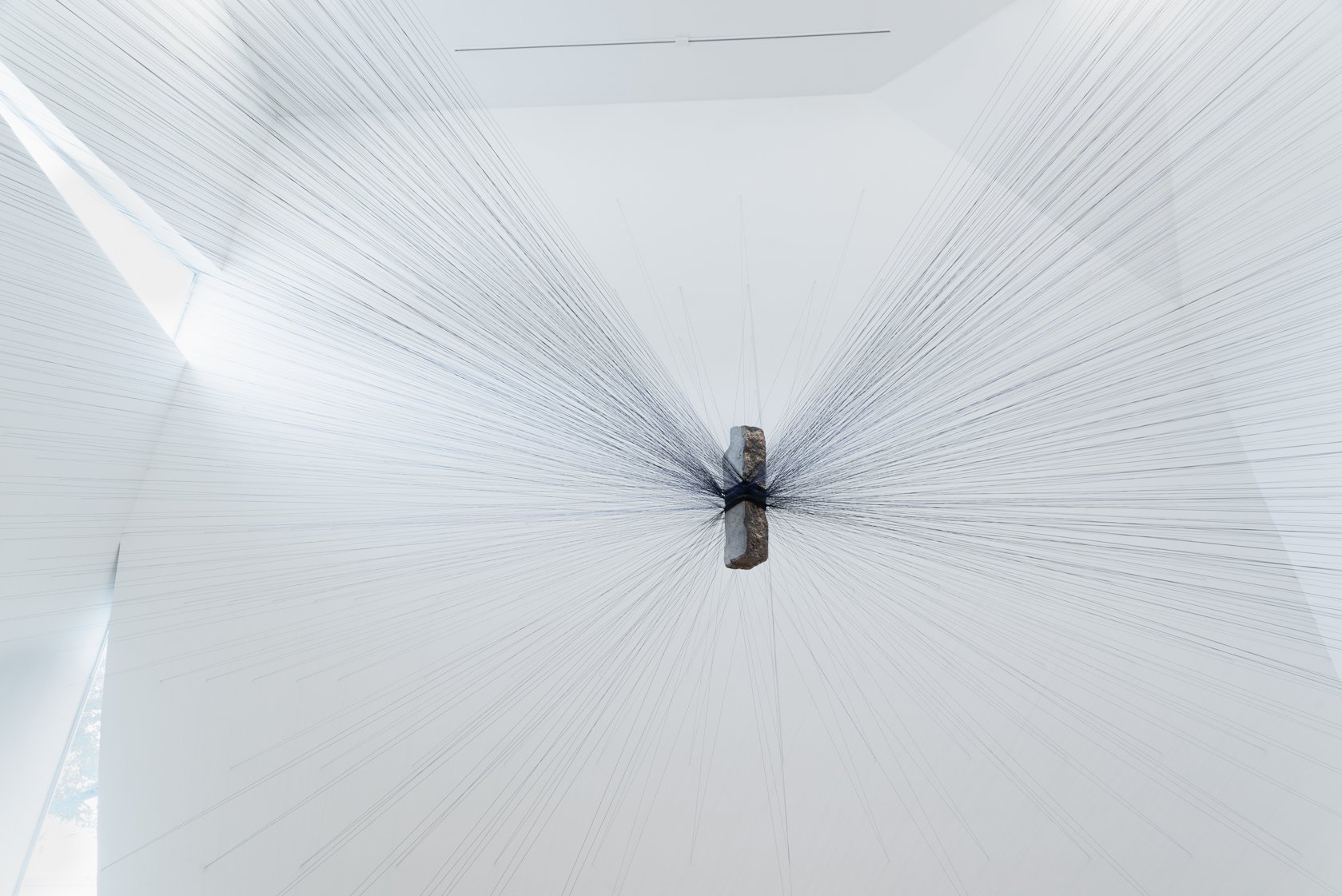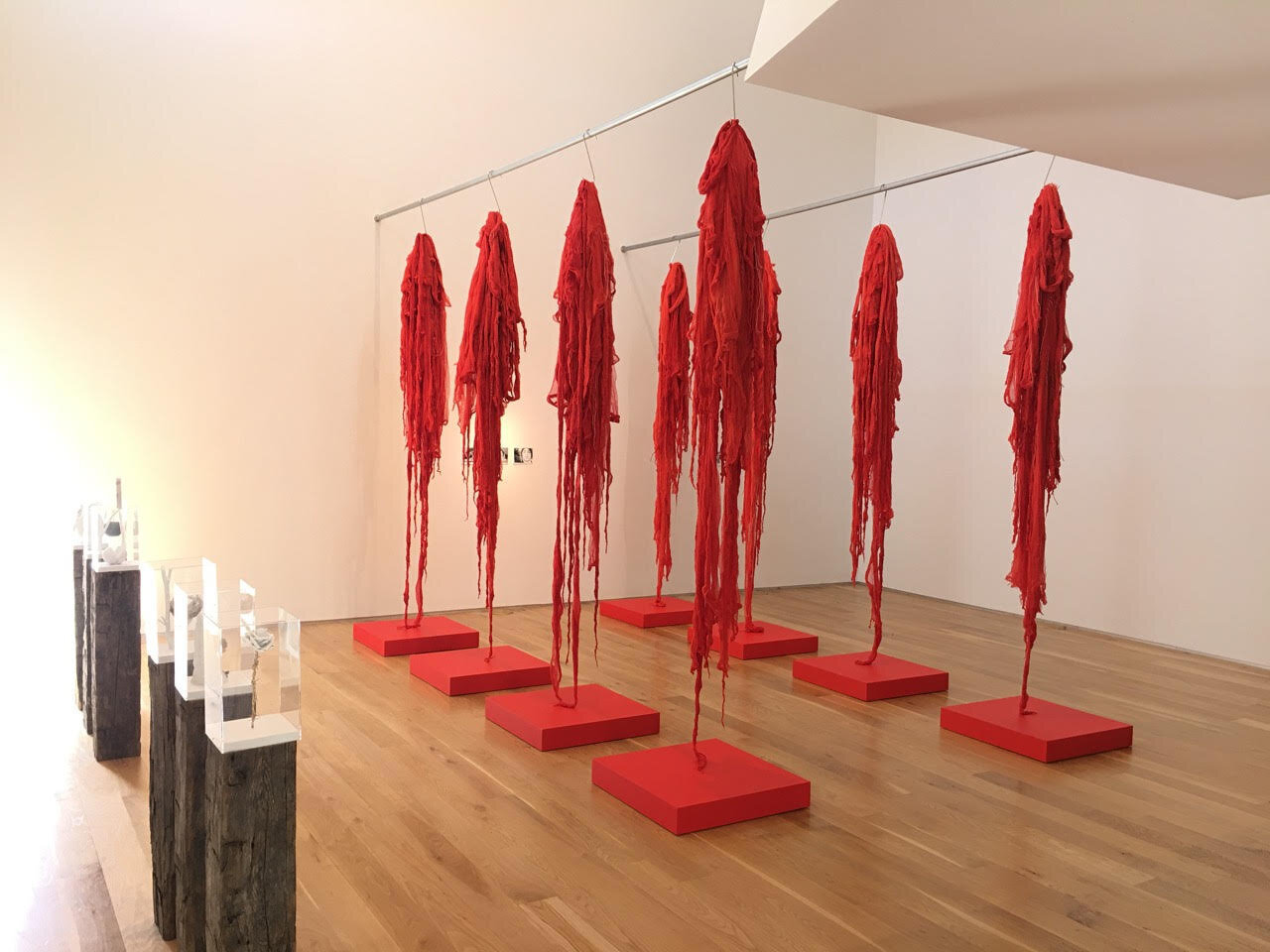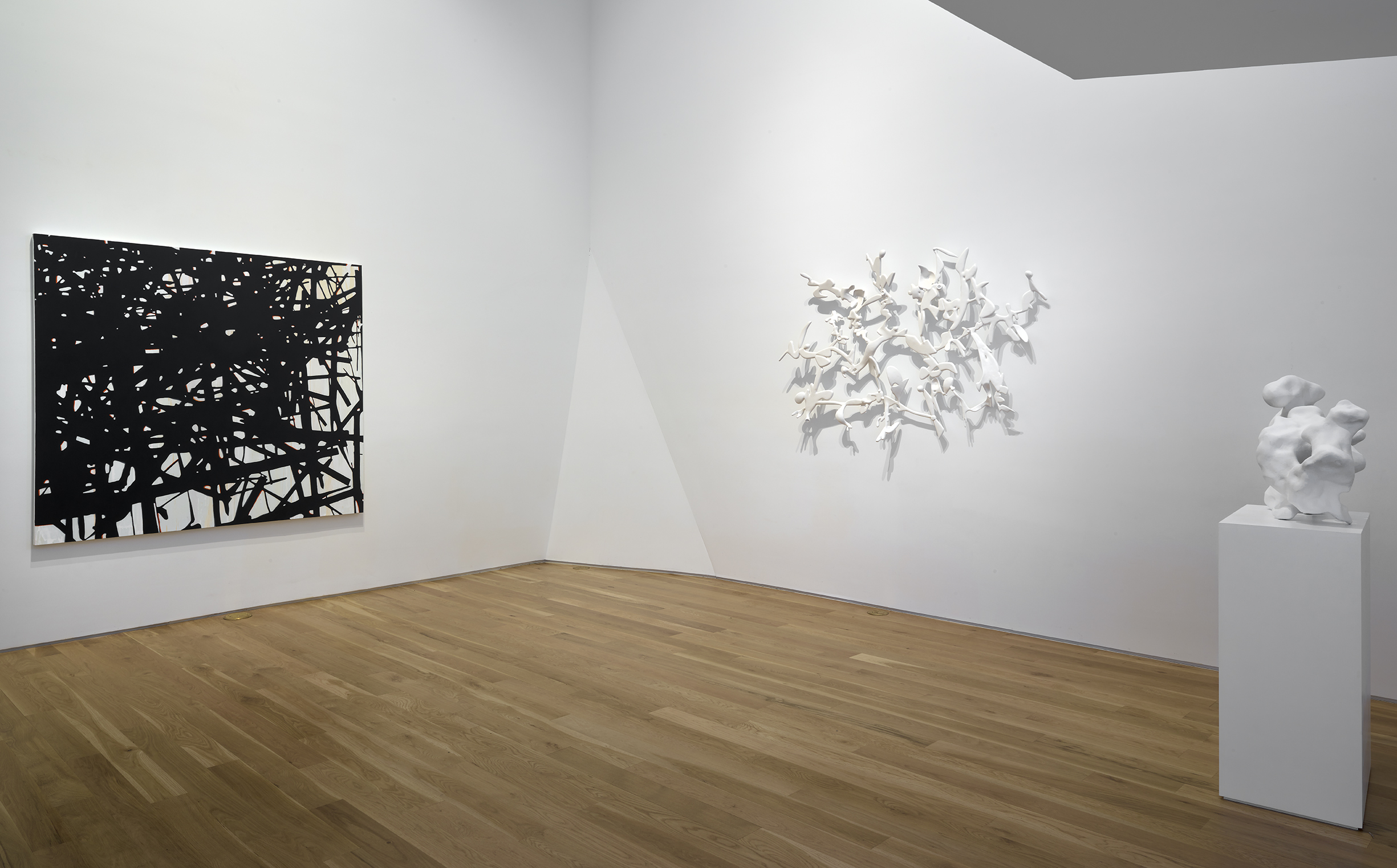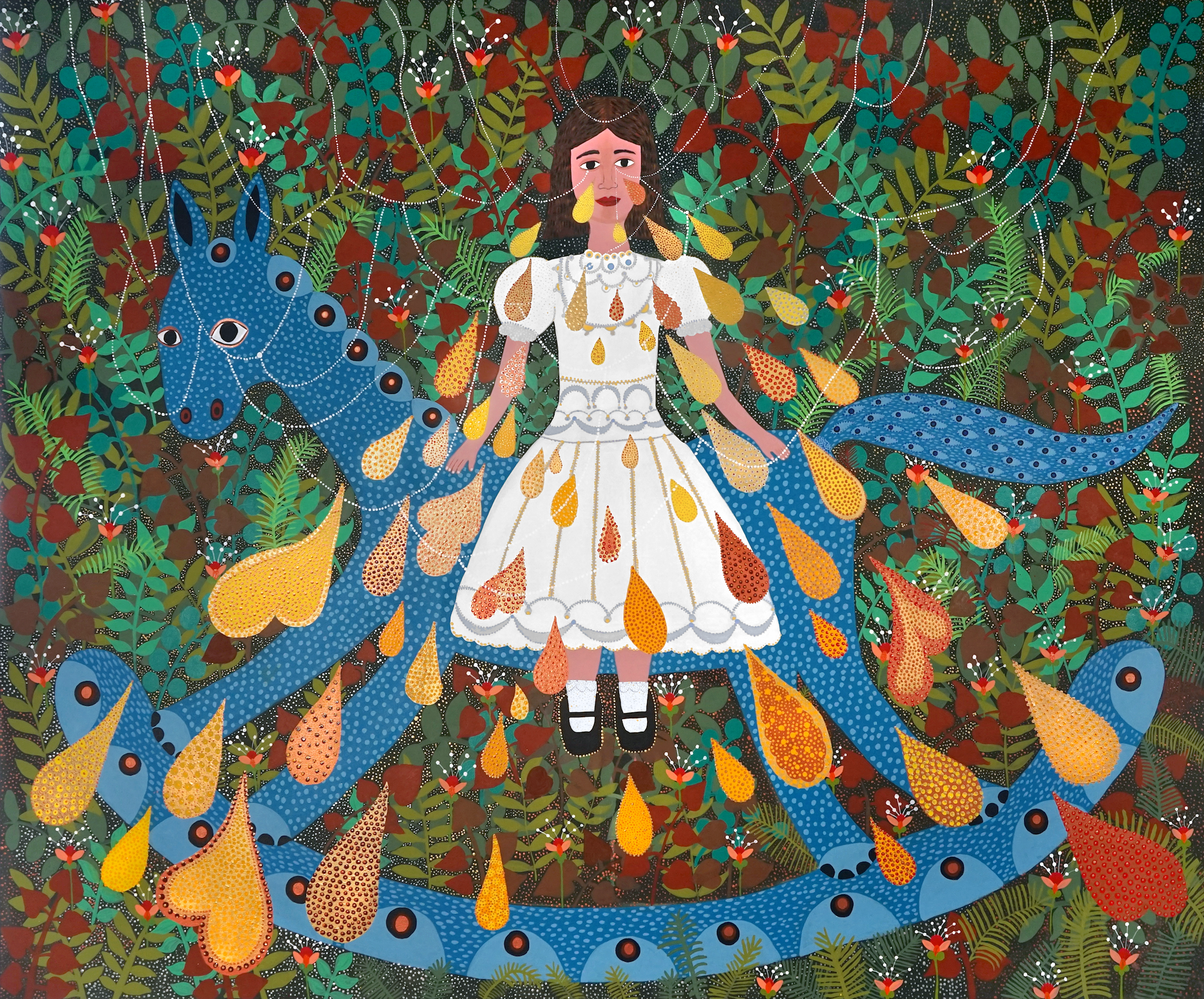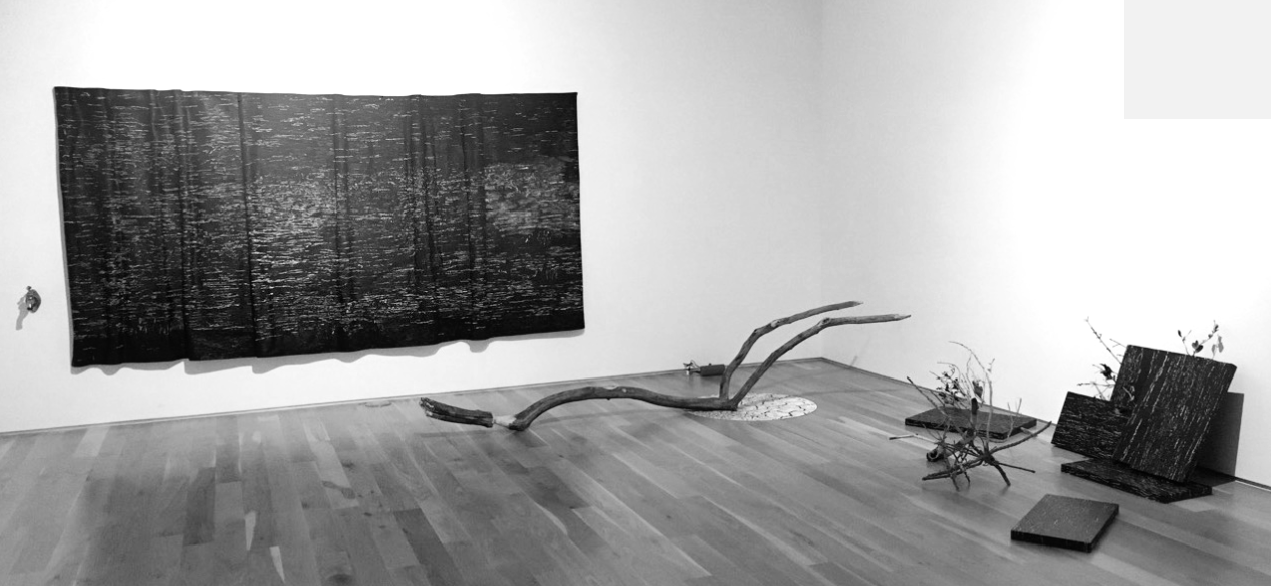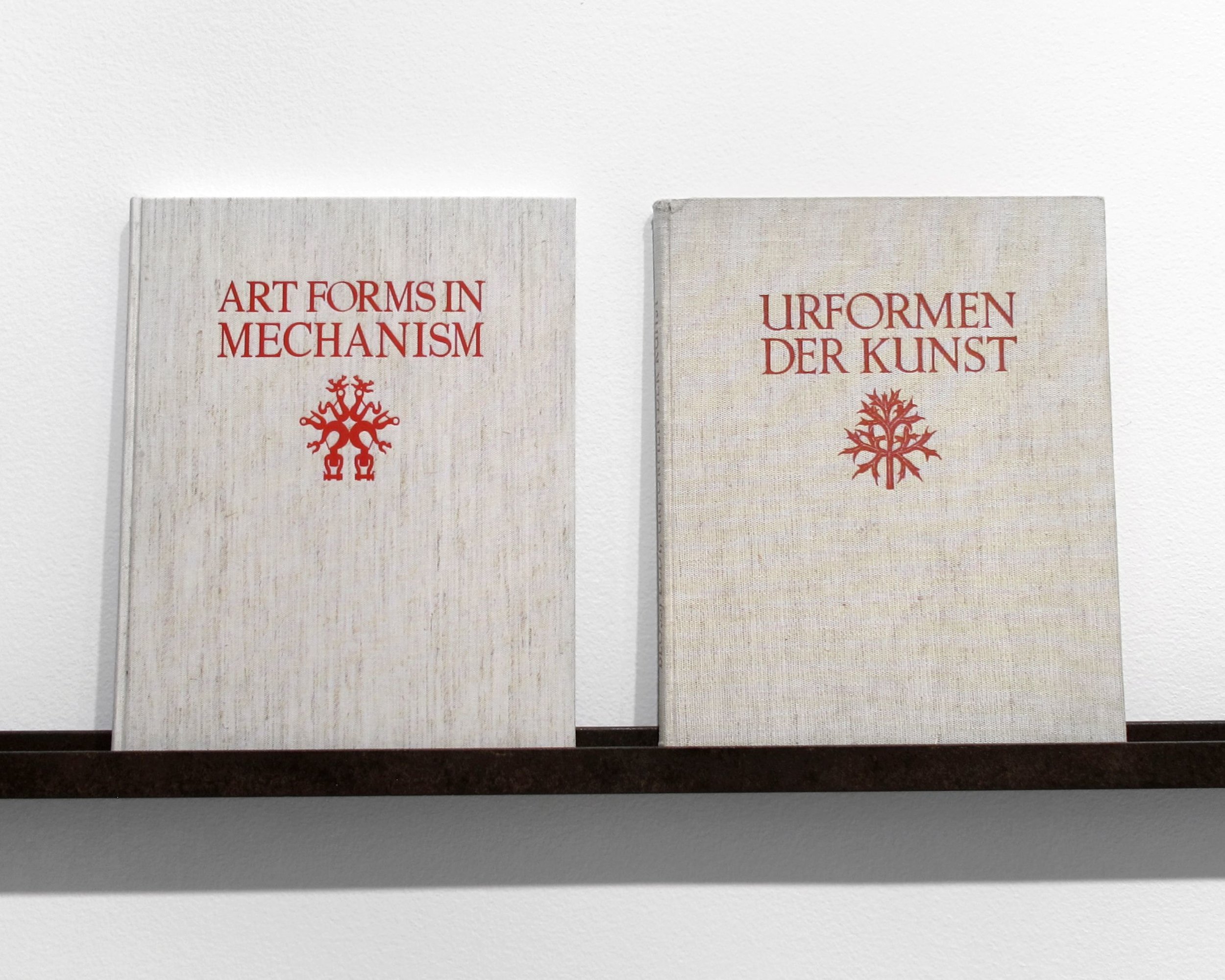Please click on the images for more information about our Past exhibitions and events:
SUSAN PLUM
WOVEN HEAVEN TANGLED EARTH
CURATED BY SURPIK ANGELINI
March 22 - September 30, 2025
EDC SCREENING OF SNOW LEOPARD
DIRECTED BY PEMA TSEDEN
March 7, 2025
NAMELESS SOUND ENSEMBLE
ORIGINAL SCORES BY DAVID DOVE AND UNKNOWN
February 1, 2025
CAROLINA JAIMES BRANGER
PRESENTACIÓN DEL LIBRO
AQUELLO QUE NO SE DICE
December 10, 2024
ROBERT RUELLO
SIGNAL SPIRITS
November 8, 2024 - January 24, 2025
INPRINT
ESCRITORES EN LA CASA: RITA INDIANA
EN CONVERSACIÓN CON MARIBEL BELLO
October 24, 2024
HOUSTON HAUNTOLOGY
CURATED BY VALENTIN DIACONOV
January 26 | January 27 | February 3
2024
MILTON BECERRA
KINETIC WEBS
CURATED BY MARI CARMEN RAMIREZ
April 14 - December 15, 2023
THE WORK OF GORDON MATTA-CLARK
NOTES ON THE ALCHEMICAL MOTIF
BY DR. ROULA MATAR
April 11, 2023
CAROLINA OTERO
L’INFRAMINCE
December 18, 2022 - January 15, 2023
SOLEDAD SALAMÉ
FORCED BY NATURE
September 17, 2021 - January 8, 2022
DAWN DEDEAUX
BEING AND EVERYTHING
November 1, 2020 - June 21, 2021
VIOLETTE BULE
ECHO CHAMBER
August 1 - October 18, 2020
VICKI MEEK
VULNERABLE
November 17, 2019 - January 5, 2020
MERY GODIGNA COLLET
INTERFERENCE: RECENT WORKS
October 13 - November 8, 2019
JOHN CALAWAY
RECENT WORK
September 12 - October 9, 2019
GERARDO ROSALES
LOOKING FOR A HERO, OR, WHIPS, WHIMS, AND WIGS, AND GIO PONTI IS JUST AN EXCUSE
March 29 - May 29, 2019
MARÍA CRISTINA JADICK
EXITIUM (ON THE EDGE OF DESTRUCTION)
March 9 - March 22, 2019
NICK VAUGHAN & JAKE MARGOLIN
50 STATES: ARKANSAS
FUNDRAISING RECEPTION
January 24, 2019
LINAREJOS MORENO
ART FORMS IN MECHANISM BOOK PRESENTATION
IN CONVERSATION WITH DR. FABIOLA LÓPEZ DURÁN
October 29, 2018
LINAREJOS MORENO
THE CLOUD CHAMBER (LA CÁMARA DE NIEBLA)
October 26, 2018 - February 16, 2019
DELILAH MONTOYA
CONTEMPORARY CASTA PORTRAITURE: NUESTRA “CALIDAD”
April 11 - May 13, 2018
ELIA ARCE
PERFORMANCE ARTIST
WORKSHOP
March 7, 2018







